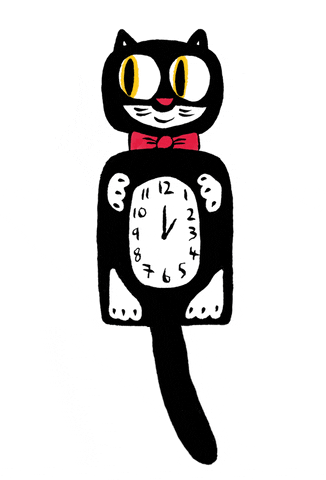Ensuring a Safe Operations Your children are safe in our program. Learn More

Rationale: This lesson will help children identify the phoneme /t/, which is represented by the grapheme T. Students will learn to be able to recognize /t/ in spoken words by learning a sound analogy (a clock that ticks) that matches the letter symbol T, practicing their knowledge by finding /t/ in spoken words, and applying phoneme awareness with /t/ in phonetic cue reading by distinguishing rhyming words from beginning letters.
Materials: Animation of ticking clock on PowerPoint; the tongue tickler “Tommy tricked Tim and took his train off the track”; primary paper and pencil; animation of writing the capital and lowercase letter T; word cards (or PowerPoint slides) with TUG, TED, MAIL, TOOK, and SOLD; Cat in the Hat by Dr. Seuss (Random House, 1957); assessment worksheet for identifying pictures with /t/ (URL is in the references).
Procedures:
1. Say: “Have you ever talked to a friend in a secret code? Well, our written language is a secret code too! To crack the code, we have to learn how our mouth moves for each letter. Today, we are going to learn how our mouths move with the letter T. T says /t/. Can everyone say /t/? Can you feel your tongue on the small ridge just behind your teeth? The sound comes out when you release your tongue. Now you try.”
2. (Show PowerPoint animation of a ticking clock) Say: “Look at this clock. Can you see it ticking? We can make a ticking gesture with our hands, see? Well, /t/ sounds like a ticking clock! Do the hand gesture and say it with me, /t/, /t/, /t/.”
3. (Show tongue tickler on PowerPoint) Say: “Now let’s try a tongue tickler. Tommy and his younger brother Tim are playing with trains. You know how older brothers like to mess with younger brothers? Well, Tommy tricked Tim and took his train off the track! Let’s say that together three times. Tommy tricked Tim and took his train off the track (3x). Now, this time let’s stretch the /t/ sound at the beginning of the words. ‘Tttommy tttricked Tttim and tttook his tttrain off the tttracks.’ Good! Now, this time let’s break it off the word. ‘/t/ ommy /t/ ricked /t/ im and /t/ ook his /t/ rain off the /t/ racks.’ Good job!”
4. Say: “Now we are going to practice finding the phoneme /t/ in words. Let me show you how to find /t/ in the word first. Like the team came in first place! I am going to stretch first out in slow motion and listen for the ticking T sound. Fff-irr-ss-tt. Let me say it even slower: fff-irrr-ssss-ttt. There it was! I felt the ticking T and my tongue on the ridge behind my teeth!”
5. Call on students to answer. Say: “Now you can try! Do you hear /t/ in tree or flower? In egg or nest? Eat or drink? One or ten? Good job! Now let’s see if you can spot the mouth move like /t/ in some words. Do the ticking gesture if you hear /t/: My, teddy, bear, talked, to, me, last, night. Dad, said, it, was, just, a, dream.”
6. (Have students take out primary paper and pencil and show the animations of how to write T.) We use the letter T to spell /t/. The capital T looks like this (point to animation). It looks like a clock handle swinging down like a pendulum! The lowercase T looks like this (point to animation). Let’s practice writing the lowercase letter t. Start just below the rooftop and draw a straight line down to the sidewalk. Then, go back to the fence and make a straight line across. Let me see! I want you to practice drawing 10 more lowercase t’s while I walk around.”
7. Show TUG and model how to decide if it is tug or rug. The T tells me the clock is ticking, /t/, so this word is ttt-ug, tug. Now students try some! TED: ted or bed? MAIL: mail or tail? TOOK: took or hook? SOLD: told or sold?
8. Say: “Now we are going to read a book together. You might know the book already. It is called Cat in the Hat, by Dr. Seuss. In this book, there is a talking cat that shows up to Sally and her bother’s house while their mother is away! He likes to make lots of messes, but mother would be very upset if she came back to a messy house! I wonder what they are going to do? Will they get everything cleaned up before mother comes back? Every time you hear /t/, I want you to make the ticking gesture quietly with your hands.”
9. Assessment: distribute the worksheet to everyone. Students will circle the pictures that begin with T. I will read out each object.
References:
Murry, Bruce. Brush Your Teeth with F. https://murraba.wixsite.com/lessondesigns2018/emergent-literacy
Murry, Bruce. The Reading Genie. http://wp.auburn.edu/rdggenie/
Assessment worksheet: https://www.abcteach.com/documents/tt-beginning-sounds-i-abcteachcom-3164
Return to the Insights Index
